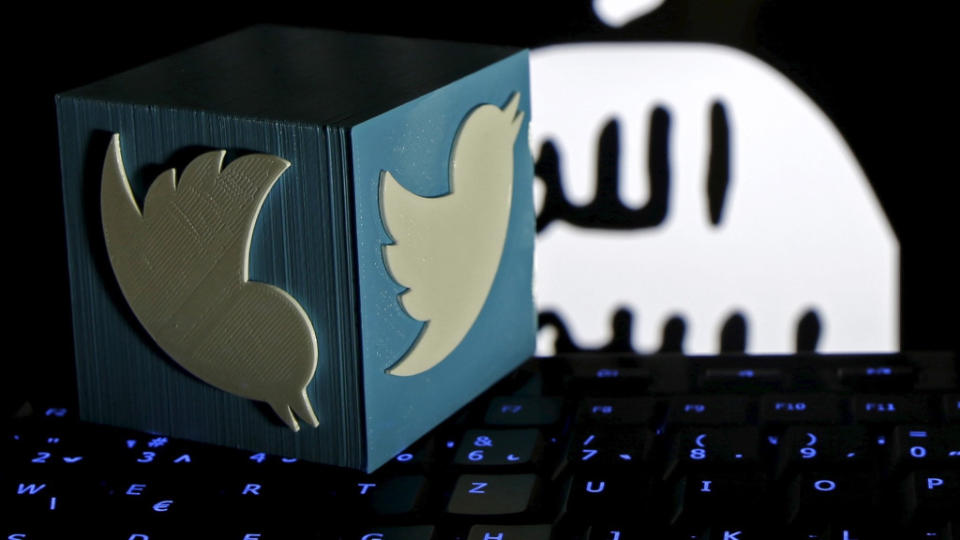Twitter data shows a world on high alert after a series of terror attacks

With terrorism on the rise, law enforcement officials across the world are turning to social media to curb messages from terror outfits.
Belgian authorities requested information for 75 Twitter accounts in the first six months of this year, a nearly tenfold increase from seven accounts during the same period a year ago. In its latest transparency report released Sept. 21, Twitter says the surge in requests came after ISIL’s Brussels attacks in March.
Overall, governments around the world sought information for 3% more accounts in the first half of 2016 than the year prior. Officials increasingly want to identify extremists on social media as ISIL uses Twitter and other platforms to recruit new members.
Tech companies, meanwhile, have tried to purge terrorists from their sites. Twitter and Facebook are working to remove terror-affiliated accounts. To deter recruits, Google is testing counter-terorrism ads and videos that show up in search results for ISIL-related keywords. The challenge for these companies, though, is to keep such accounts from springing up with new usernames after they’ve been shut down. Often, they also reappear on new platforms like Whatsapp and Telegram.

The US leads in the number of government requests to Twitter, comprising 44% of the total. In the first half of 2016, it sought information for 8,009 Twitter accounts, up from 7,435 a year ago.
As France reeled from a string of terror attacks—including the Charlie Hebdo shootings in January 2015, Bataclan massacre in November 2015, and Nice attack in July 2016—its requests to Twitter spiked compared with previous years. In the first six months of 2016, officials requested information for 687 accounts.

Japan, touted to be one of the safest countries in the world, upped its surveillance after the November attack in Bataclan. According to Twitter’s data, Japan requested information for 988 accounts in the first six months of 2016, the highest to date. Some of this additional monitoring is likely a result of the country being on high alert during the Group of Seven summit in May this year, according to Japan Times. In the build-up to the 2020 Tokyo Olympics, surveillance could pick up more.


Sign up for the Quartz Daily Brief, our free daily newsletter with the world’s most important and interesting news.
More stories from Quartz:

 Yahoo Finance
Yahoo Finance 